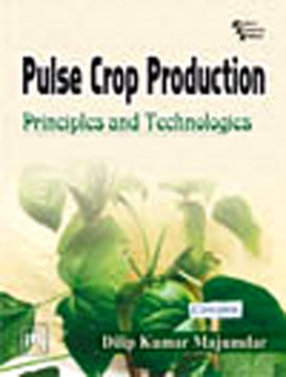This book will emphasize the physiological and biochemical functions of the plants. Despite its inherent potential growth habit, cotton is managed as an annual crop plant. Continued vegetative growth after flowering diverts the plants’ energy away from lint and seed production, so the perennial nature of even modern cultivars opposes current production system. It is important to recognize that physiological function depend on structures, whether the process is gas exchange (respiration) in the leaf, water conduction in xylem or photosynthesis in the chloroplasts. Moreover, cotton plant produces fruits on two different types of branches, each unique in growth habit which complicates crop management. Thus understanding various physiological processes of the cotton plant helps to grow a high-yielding, high quality crop. A total of 14 chapters dealing with important physiological aspects necessary for efficient cotton production systems are compiled in this book. A list of various physiological terms is given along with morphological features of the crop. The physiological mechanisms related to development and crop maturity are described. The processes of photosynthesis, respiration and water relations are explained along with recent research findings. Role of macronutrients and micronutrients, their requirement for various processes and deficiency symptoms have been included. The abiotic factors viz. temperature, water, CO2 and Light affecting yield have been discussed. The book also includes chapters on physiology of cotton fiber development and its biochemical components. In recent years, several biotechnique have been sued for producing hi-tech cotton. A concise information of various techniques used to improve quantity as well as quality of fiber and their use for production of disease and herbicide resistant cotton genotypes has been compiled.
Advances in Cotton Physiology
In stock
Free & Quick Delivery Worldwide
Bibliographic information
Title
Advances in Cotton Physiology
Author
Edition
1st ed.
Publisher
ISBN
8189304356
Length
vi+316p., Tables; Figures; Index; 23cm.
Subjects




There are no reviews yet.